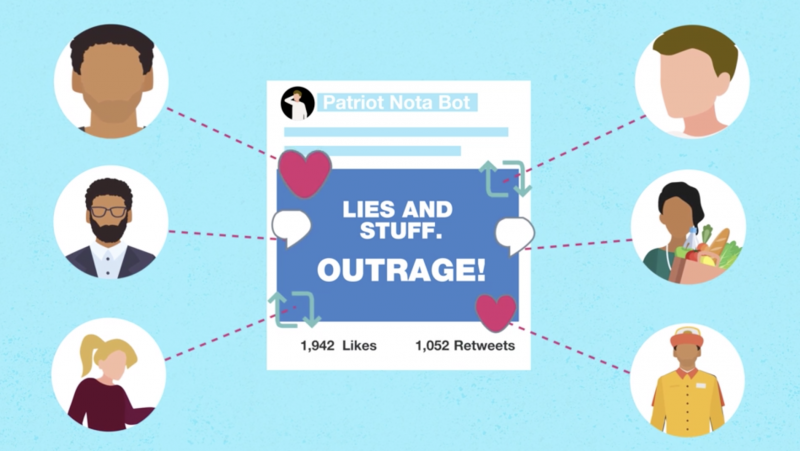The deadly insurrection at the Capitol on January 6 left no doubt about the destructive impact of misinformation and disinformation on democracy. Repeated lies questioning Joe Biden’s election defeat of President Donald Trump, including from the president himself and a group of GOP senators and representatives, served as a rallying cry for the Capitol mob. These baseless claims led to “incitement to insurrection,” a central pillar of the articles of impeachment against Trump. The House of Representatives voted to impeach Trump on January 13, one week after the insurrection took place. Trump is the first president in U.S. history to be impeached twice.
How can educators equip students with the tools to fight misinformation and disinformation, and evaluate what they hear from politicians, news outlets, public officials and social media influencers?
KQED’s Above the Noise helps students make sense of these vital media literacy topics. Episodes can be found on the Above the Noise YouTube channel. Or invite your students to view the videos and discuss the issues with peers around the country with KQED Learn Discussions, where you’ll find classroom resources to support in-person, hybrid or remote learning.
Conspiracy theories can be dangerous, as recent events show. But they’re nothing new. This video, Are Conspiracy Theories Harmless Fun, a Serious Problem or Something in Between? doesn’t address specific political conspiracy theories. Instead, it helps students analyze how a conspiracy theory takes root and suggests ways to combat its spread.
Help students understand and challenge confirmation bias with What Would It Take to Change Your Mind About Something You Really Believed?
